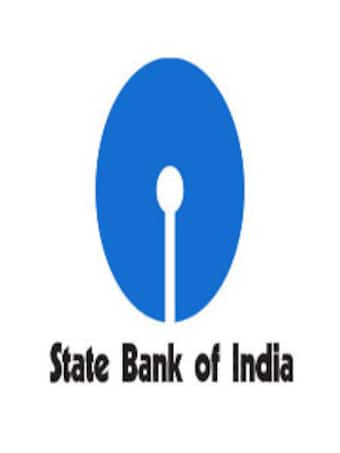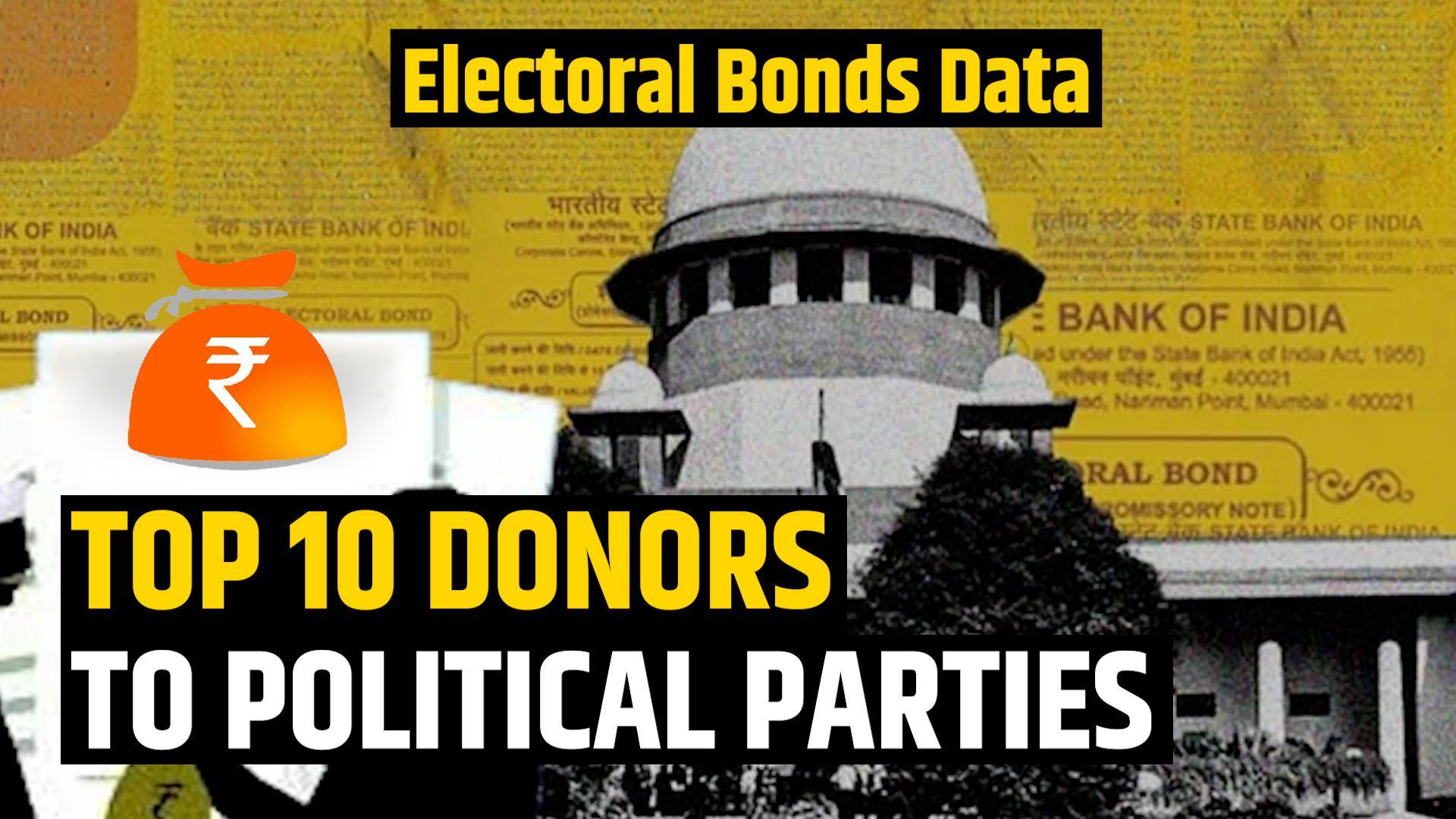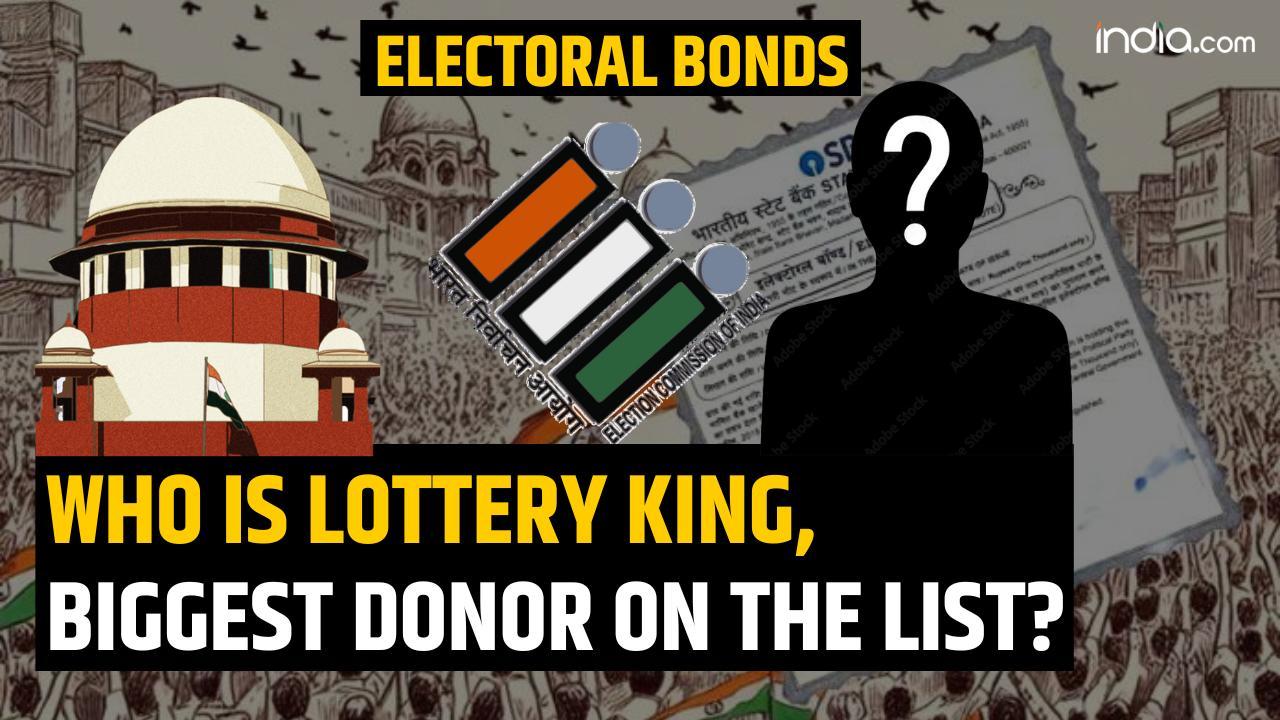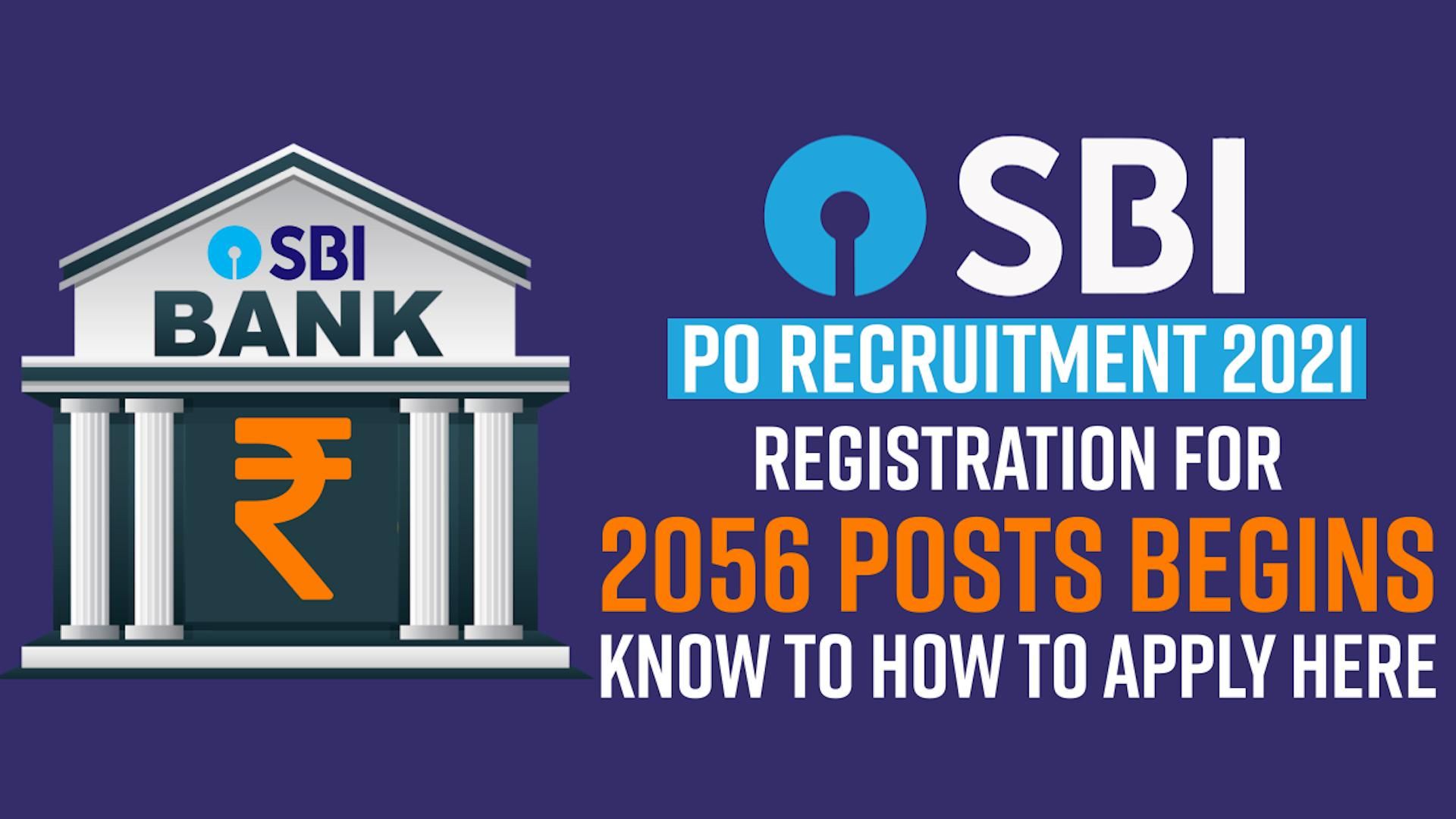
SBI Balance Check Number: Easy Steps to View SBI Balance Using Different Methods
|
|

State Bank of India (SBI) is an Indian public sector multinational banking and financial services company. The company is included in the Fortune Global 500 list and it is a government owned corporation and it has its headquarters in Mumbai, Maharashtra. SBI is the largest banking and financial service in India with an asset of Rs 20,480 trillion and more than 14,000 branches which includes 191 foreign offices that are spread across 36 countries. Founded in 1806, SBI is the oldest commercial bank in Indian subcontinent and it is a banking behemoth and has 20% market share in deposits and loans among Indian commercial banks.
The origin of the State Bank of India goes back to the first decade of the nineteenth century with the establishment of the Bank of Calcutta in Calcutta on 2 June 1806. Three years later the bank received its charter and was re-designed as the Bank of Bengal (2 January 1809). A unique institution, it was the first joint-stock bank of British India sponsored by the Government of Bengal. The Bank of Bombay (15 April 1840) and the Bank of Madras (1 July 1843) followed the Bank of Bengal. These three banks remained at the apex of modern banking in India till their amalgamation as the Imperial Bank of India on 27 January 1921.Primarily Anglo-Indian creations, the three presidency banks came into existence either as a result of the compulsions of imperial finance or by the felt needs of local European commerce and were not imposed from outside in an arbitrary manner to modernise India's economy. Their evolution was, however, shaped by ideas culled from similar developments in Europe and England, and was influenced by changes occurring in the structure of both the local trading environment and those in the relations of the Indian economy to the economy of Europe and the global economic framework.The establishment of the Bank of Bengal marked the advent of limited liability, joint-stock banking in India. So was the associated innovation in banking, viz. the decision to allow the Bank of Bengal to issue notes, which would be accepted for payment of public revenues within a restricted geographical area. This right of note issue was very valuable not only for the Bank of Bengal but also its two siblings, the Banks of Bombay and Madras. It meant an accretion to the capital of the banks, a capital on which the proprietors did not have to pay any interest. The concept of deposit banking was also an innovation because the practice of accepting money for safekeeping (and in some cases, even investment on behalf of the clients) by the indigenous bankers had not spread as a general habit in most parts of India. But, for a long time, and especially upto the time that the three presidency banks had a right of note issue, bank notes and government balances made up the bulk of the investible resources of the banks.The three banks were governed by royal charters, which were revised from time to time. Each charter provided for a share capital, four-fifth of which were privately subscribed and the rest owned by the provincial government. The members of the board of directors, which managed the affairs of each bank, were mostly proprietary directors representing the large European managing agency houses in India. The rest were government nominees, invariably civil servants, one of whom was elected as the president of the board.Bank of Madras merged into the other two "presidency banks" in British India, Bank of Calcutta and Bank of Bombay, to form the Imperial Bank of India, which in turn became the State Bank of India in 1955. Government of India owned the Imperial Bank of India in 1955, with Reserve Bank of India (India's Central Bank) taking a 60% state, and renamed it the State Bank of India. In 2008, the government took over the stake held by the Reserve Bank of India.
The logo of SBI is a blue circle with a small cut in the bottom and the logo depicts perfection and the small man the common man- being the center of the bank’s business. The logo is inspired by Kankaria Lake and the logo came from National Institute of Design (NID). SBI provides a range of banking products through its network of branches in India and overseas, including products aimed at Non Resident Indians (NRIs). SBI has 14 regional hubs and 57 Zonal Offices that are located at important cities throughout India. Other associated banks of SBI include State Bank of Patiala, State Bank of Mysore, State Bank of Bikaner & Jaipur, State Bank of Hyderabad, State Bank of Travancore and BharatiyaMahilaBank.
ArundhattiBhattarchyais the current chairman of SBI.SBI is one of the largest employers in the country having 222,033 employees as on 31 March 2014, out of which there were 45,132 female employees (20%) and 2,610 (1%) employees with disabilities. On the same date, SBI had 42,744 Schedule Caste (19%) and 17,243 Schedule Tribe (8%) employees. The percentage of Officers, Assistants and Sub-staff was 36%, 46% and 18% respectively on the same date Hiring drive: 1,776 Assistants and 1,394 Officers joined the Bank in FY 2013-14, for expansion of the branch network and to mitigate staff shortage, particularly at rural and semi-urban branches.

Electoral Bonds data: SC orders SBI to disclose unique numbers by March 21

Electoral Bonds Data: Top 10 donors are a third of total donations by value | supreme Court

Electoral Bonds: Who is Lottery King Santiago Martin, whose firm donated 1368 crore? | SBI | BJP

SBI PO Recruitment 2021: Registration for 2056 Posts Begins, Eligibility Criteria, Online Application Process Explained
Sumaila Zaman May 9, 2025 1:24 PM IST
The State Bank of India issued a statement confirming that all its ATMs, Cash Deposit Machines (CDMs), Automated Teller Machines (ADWMs), and digital services are fully operational and available for public use.
Onam Gupta April 26, 2025 7:47 AM IST
Apart from films, Abhishek Bachchan has an another interesting source of income that many won't be aware of. Read below!
Victor Dasgupta April 14, 2025 9:33 PM IST
Jay Kotak is the son of Uday Kotak, whose net worth of USD 15.2 billion, according to Forbes. Uday established Kotak Mahindra Bank.
Nivedita Dash April 10, 2025 10:24 AM IST
The Indian tycoon lost an appeal against a bankruptcy order made by London's High Court over a more than 1 billion-pound ($1.28 billion) debt to lenders including the State Bank of India (SBI.NS).
Abhijeet Sen April 1, 2025 3:41 PM IST
ATMs and internet banking services of State Bank of India were disrupted on Tuesday.
Victor Dasgupta March 30, 2025 7:42 AM IST
Kotak Mahindra Bank founder Uday Kotak wrote on the microblogging platform X, "If the shortage of deposits continues, it will become a threat to the banking business model."
Analiza Pathak March 29, 2025 1:00 PM IST
According to the data, only two other public banks Punjab National Bank (PNB) and Canara Bank managed to make a profit from ATM withdrawals.
Analiza Pathak March 28, 2025 11:41 AM IST
Though MS Dhoni retired from international cricket long back his association with major brands and businesses keeps him among the highest-earning athletes in the country.
Abhijeet Sen March 17, 2025 9:13 PM IST
Born in an ordinary family in Bhilwara district of Rajasthan, Satyanarayan Nuwal faced financial hardships from a very young age but now owns $4.6 billion.
Abhijeet Sen March 16, 2025 4:45 PM IST
The combined market capitalisation of five of the top-10 most valued firms declined by Rs 93,357.52 crore, with IT giants Infosys and Tata Consultancy Services taking the biggest hit.
Victor Dasgupta March 16, 2025 9:13 AM IST
Indian companies are strengthening their presence by showcasing innovation and delivering exceptional customer satisfaction.
Anirudha Yerunkar March 6, 2025 12:28 PM IST
This acquisition marks another bold step by Mukesh Ambani, positioning Jio Financial Services as a major player in India's banking and financial ecosystem.
Abhijeet Sen March 4, 2025 5:48 PM IST
Jio Financial Services on Tuesday said it will acquire SBI's entire stake in Jio Payments Bank for Rs 104.54 crore.
Anirudha Yerunkar February 25, 2025 9:00 AM IST
Though MS Dhoni retired from international cricket long back he still earns a significant amount of money through various ways.
Onam Gupta February 24, 2025 11:24 PM IST
Did you know Abhishek Bachchan is earning massively because of his luxurious Juhu property that he has rented to The State Bank of India (SBI)? Read to know more!
Victor Dasgupta February 24, 2025 10:32 AM IST
Market cap is used to categorise company stocks to help investors choose them based on their risk profile, such as large cap, mid cap and small cap companies.
Sumaila Zaman February 21, 2025 9:54 AM IST
In addition to being a sportsperson, Dhoni also serves as the brand ambassador for the State Bank of India (SBI), the country's largest public sector bank.
Anirudha Yerunkar February 12, 2025 2:30 PM IST
Anshula Kant's journey from SBI to becoming the first female CFO of the World Bank became possible because of her dedication, expertise, and hard work.
Victor Dasgupta February 6, 2025 8:19 PM IST
The bank's total income rose to Rs 1,28,467 crore in the third quarter of the current fiscal against Rs 1,18,193 crore in the same period a year ago, SBI said in a regulatory filing.
Victor Dasgupta February 4, 2025 9:02 PM IST
The Reserve Bank of India (RBI) has approved Tata Communications' sale of its 100 percent stake in Tata Communications Payment Solutions (TCPSL) to Transaction Solutions International (TSI).
Victor Dasgupta January 30, 2025 7:19 PM IST
"A person engaged solely in education shall mean that such person is not engaged in any of the two prohibited activities," wrote SEBI.
Gazi Abbas Shahid January 12, 2025 8:28 PM IST
The State Bank of India (SBI), the country's state-run bank lost a whopping Rs 44,935.46 in market valuation in the last five days, while India's largest private ban, HDFC Bank, also witnessed a slump in its market cap, losing Rs 70,479.23 crore during the week.
Vikas Mehta December 28, 2024 5:06 PM IST
India's largest bank to down sell part of loan given to Adani Power of Rs..., for acquisition of
Mallika Mehzabeen December 26, 2024 11:48 AM IST
Did you know that India's biggest bank, or should we say the top bank, pays Abhishek Bachchan a whopping Rs 18 lakh every month? Read here to know why.
Enroll for our free updates
